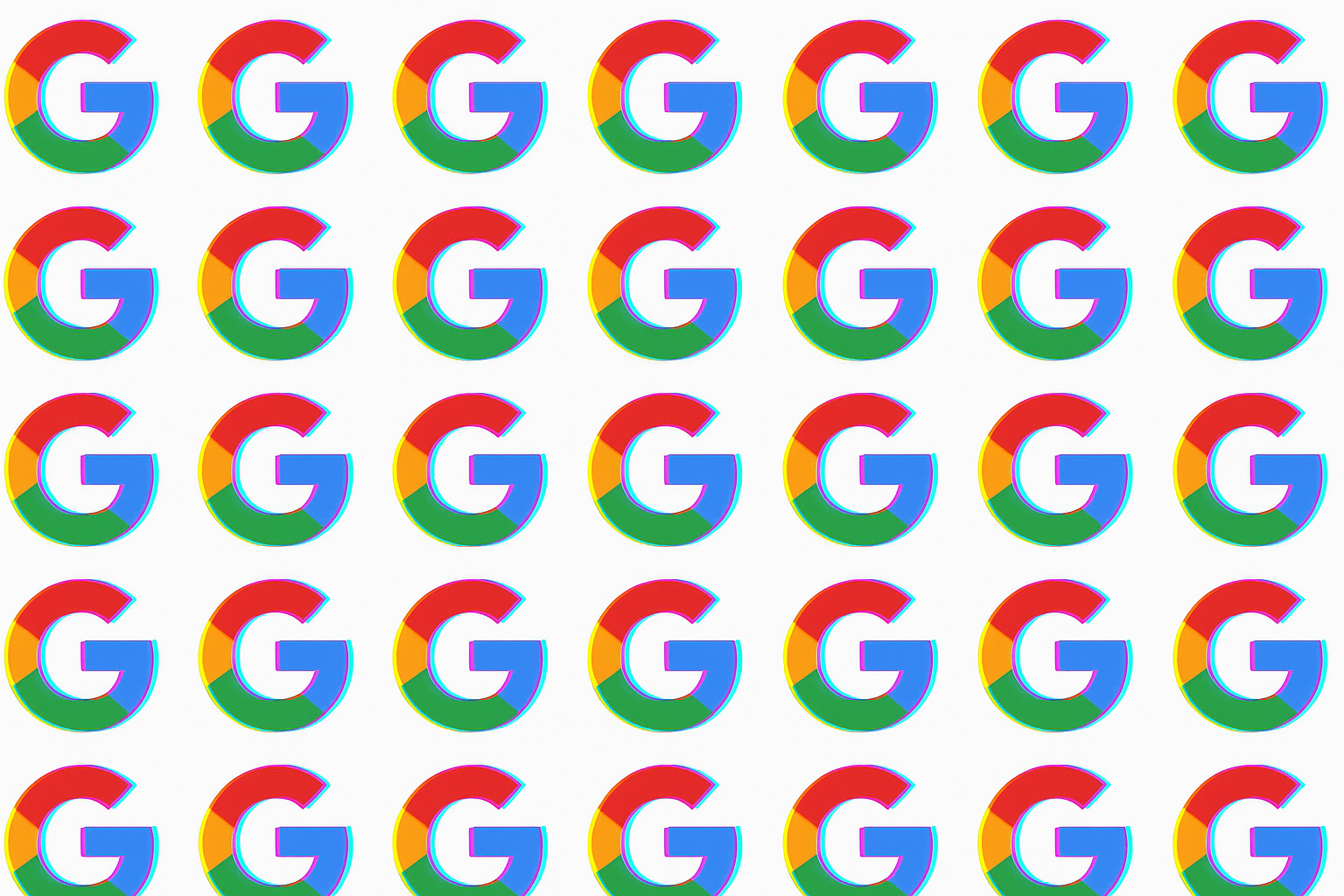Google waited over two years to admit its earthquake alerts failed in Turkey's 2023 quakes

Key Points
- Google's Android Earthquake Alerts system failed during the major earthquake in Turkey in 2023 by underestimating the magnitude, resulting in only 469 actionable warnings being sent instead of the millions needed.
- Google waited two years after the event to publicly acknowledge the failure and later analyses showed that better algorithms could have correctly detected the danger and warned more people in time.
- The delayed disclosure and inconsistent communication from Google raise concerns about transparency and accountability in AI-based early warning systems, with Google yet to comment on recent system performance in Myanmar.
Google waited nearly two years to reveal that its Android Earthquake Alerts system (AEA) failed during the devastating 2023 earthquakes in Turkey.
"I'm really frustrated that it took so long," Elizabeth Reddy of the Colorado School of Mines told BBC News. "We're not talking about a little event - people died - and we didn't see a performance of this warning in the way we would like."
When the first major quake hit in February 2023, the AEA system estimated its magnitude at only 4.5 to 4.9 on the moment magnitude scale. In reality, it was a 7.8—one of the most powerful earthquakes in the region's history.
Because of this severe miscalculation, only 469 "Take Action" alerts were sent to people in the immediate danger zone. This is the only alert level that wakes users even if their phone is set to silent.
The system also underestimated the second major quake that struck the same day. Just 8,158 "Take Action" alerts and fewer than four million "Be Aware" notifications were sent out.
Transparency and accountability in early warning systems
Later simulations showed that as many as ten million people should have received a critical warning. Only after Google updated its algorithms did it become clear that the system could have correctly identified the severity of the quakes and warned those at risk in time.
Google's admission, published in the journal Science, contradicts earlier statements. In 2023, Google told the BBC that the system had "worked well." Now, more than two years later, the company now says: "Subsequent analysis of the event revealed several limitations of the detection algorithms, which have since been improved."
According to Google, three main issues led to the failure: a data evaluation window that was too short, which caused the system to miss the full strength of the quake; too many unreliable smartphones that produced faulty or "noisy" sensor data due to movement, dropping, or other interference, making it hard to distinguish real earthquakes from random motion; and widespread device vibration triggered by weaker alerts, which further confused the system's detection algorithms. Google says it has since addressed all three problems.
AEA still relies on classic signal‑processing rules, but Google is now adding AI‑driven forecasting models—an expansion that increases its public‑safety responsibility. Yet its record on disclosure remains mixed: the warning network now spans 98 countries, but Google has released no public data on how it performed during the 2025 Myanmar earthquake.
AI News Without the Hype – Curated by Humans
As a THE DECODER subscriber, you get ad-free reading, our weekly AI newsletter, the exclusive "AI Radar" Frontier Report 6× per year, access to comments, and our complete archive.
Subscribe now